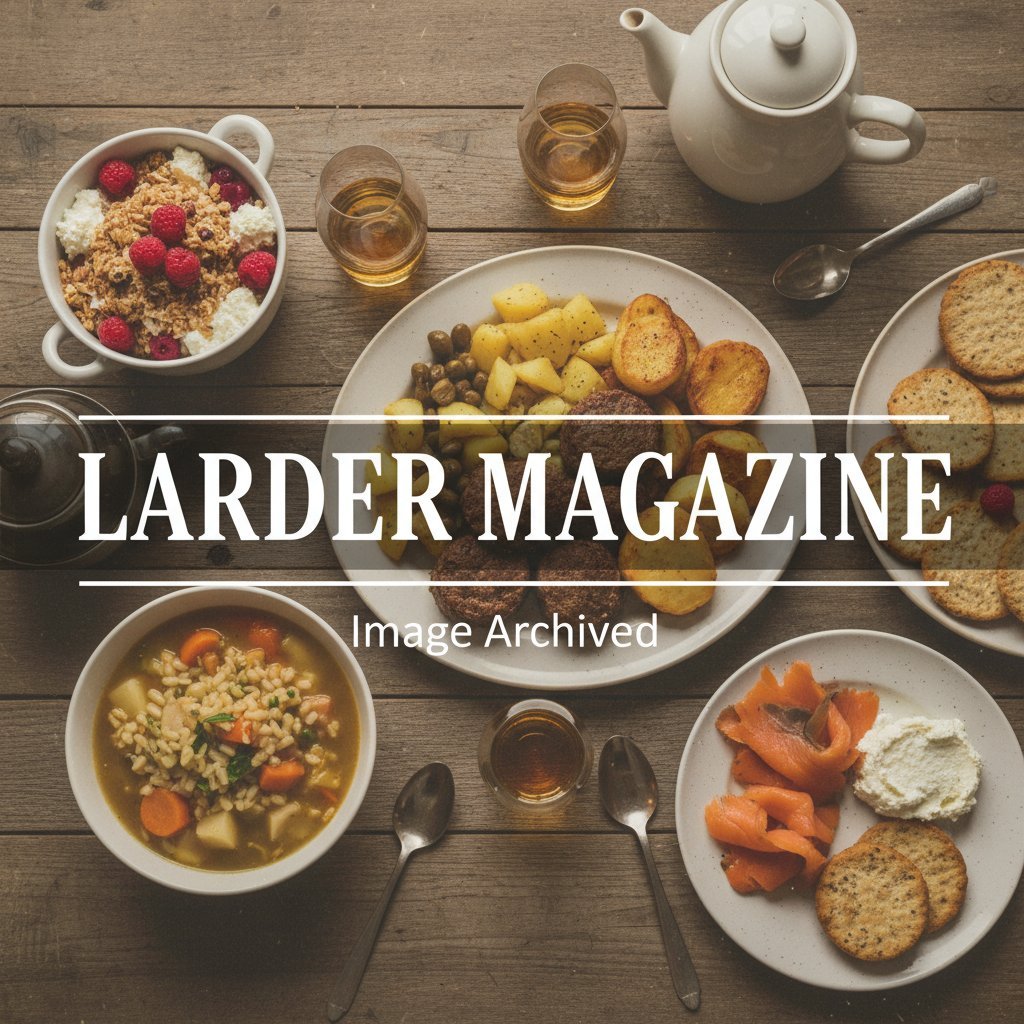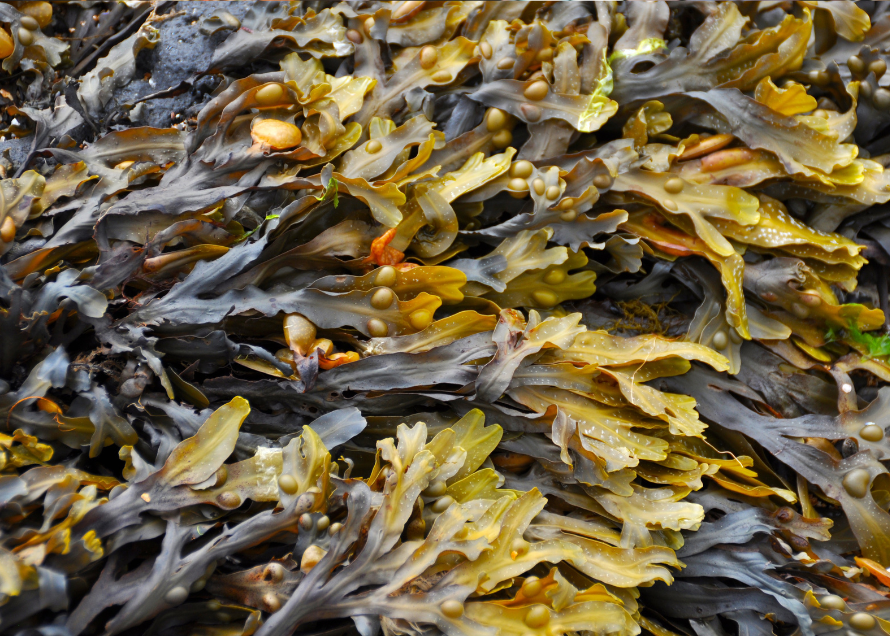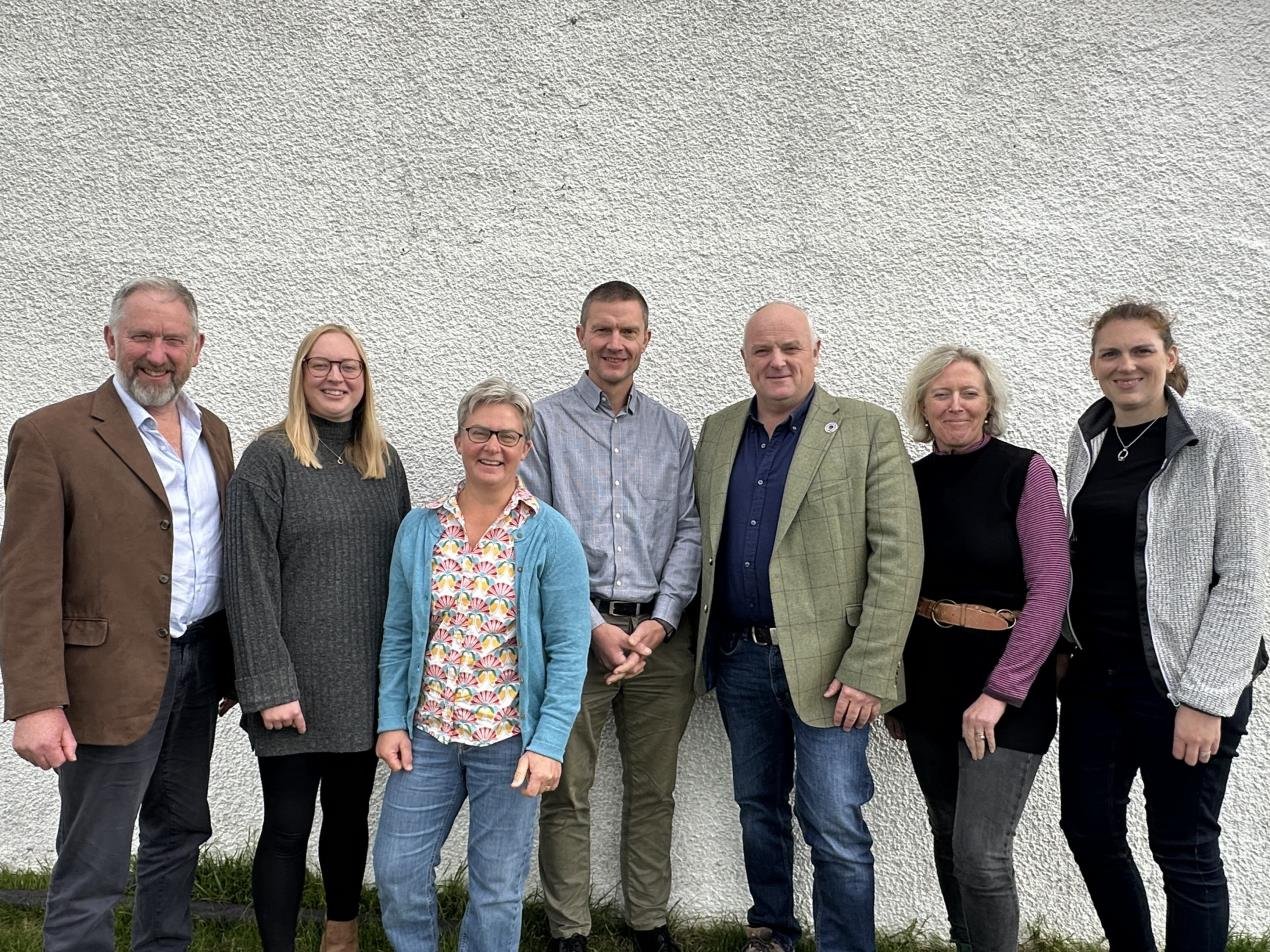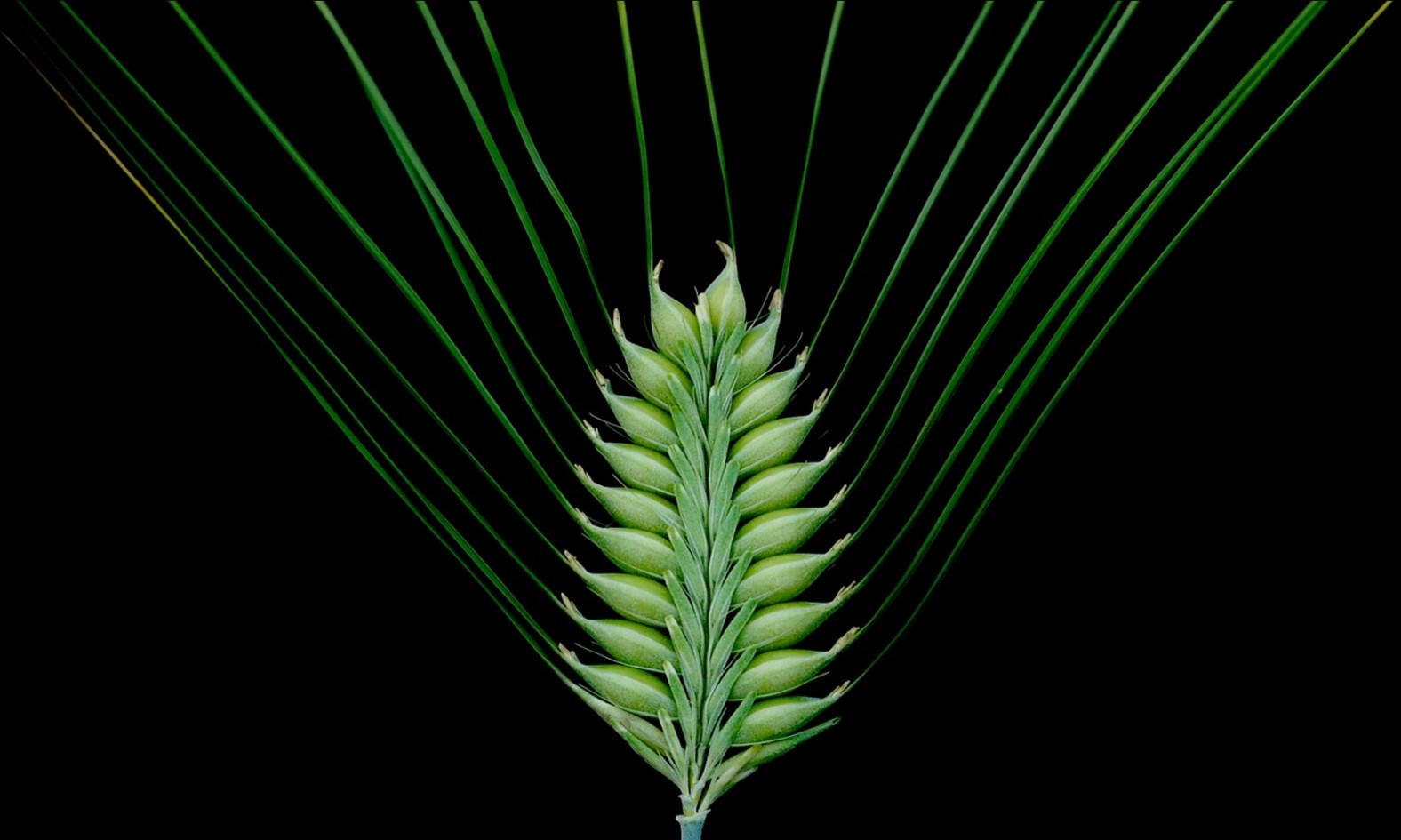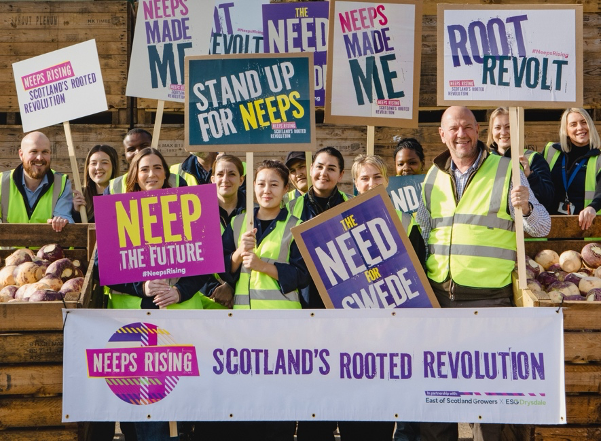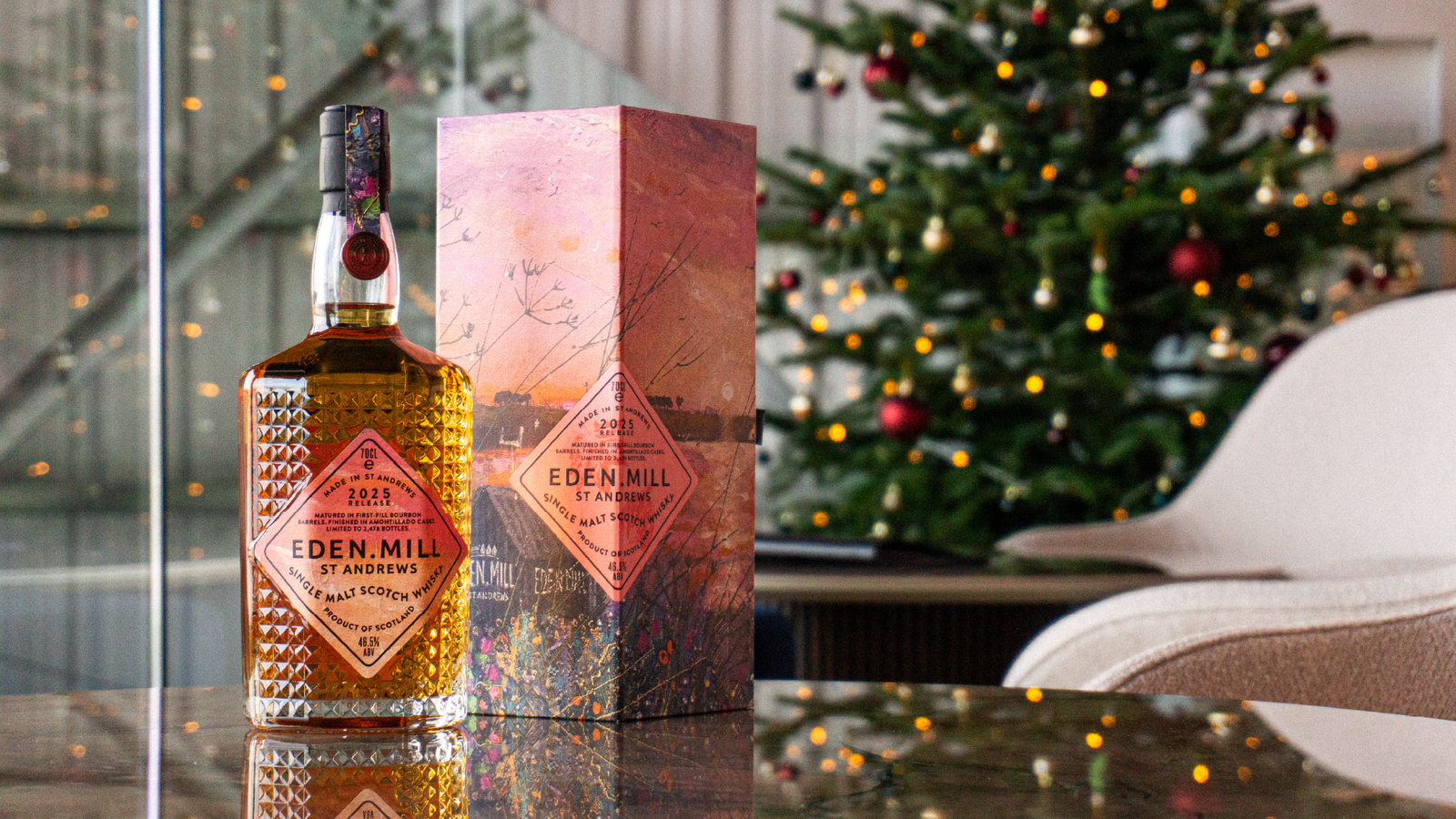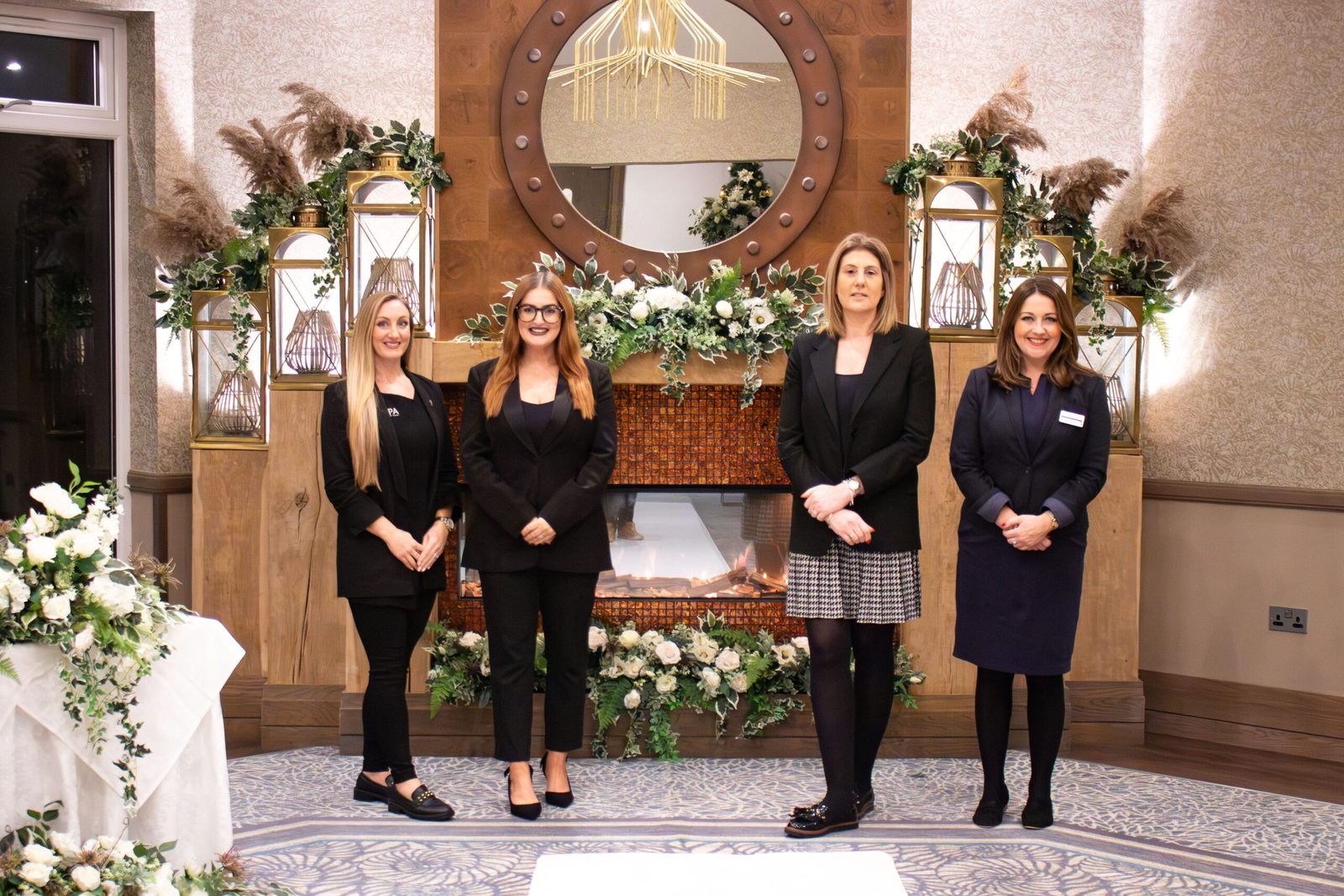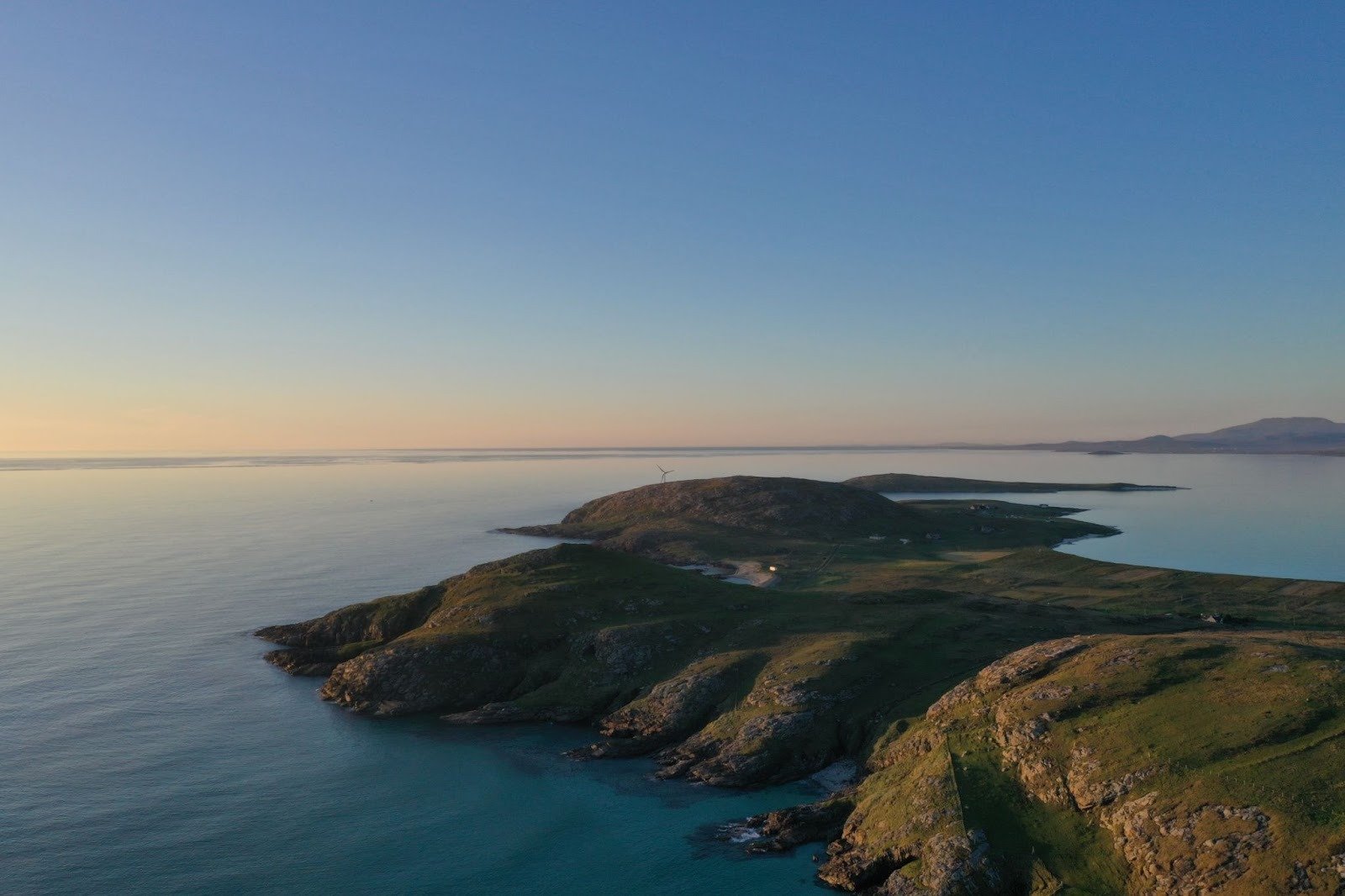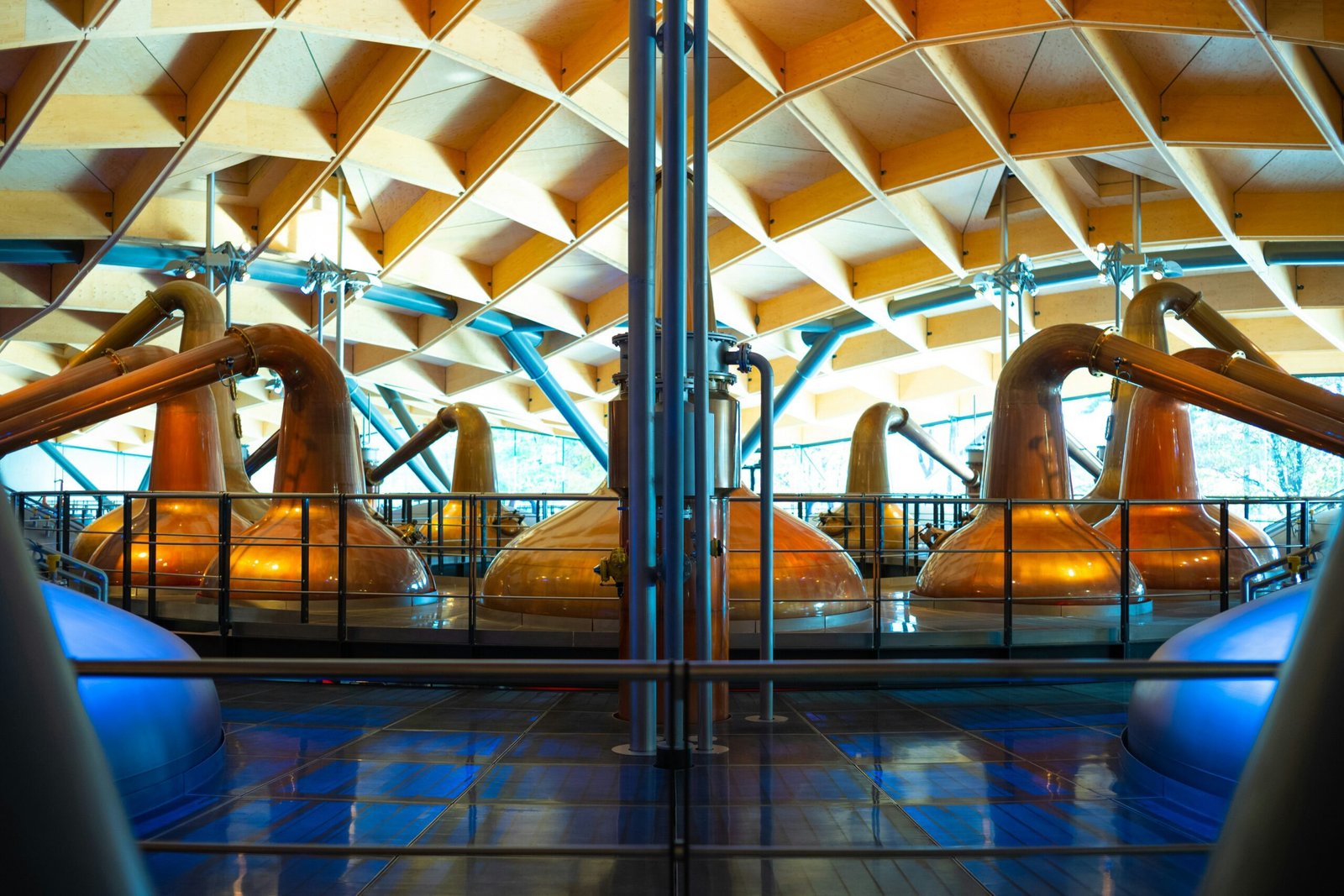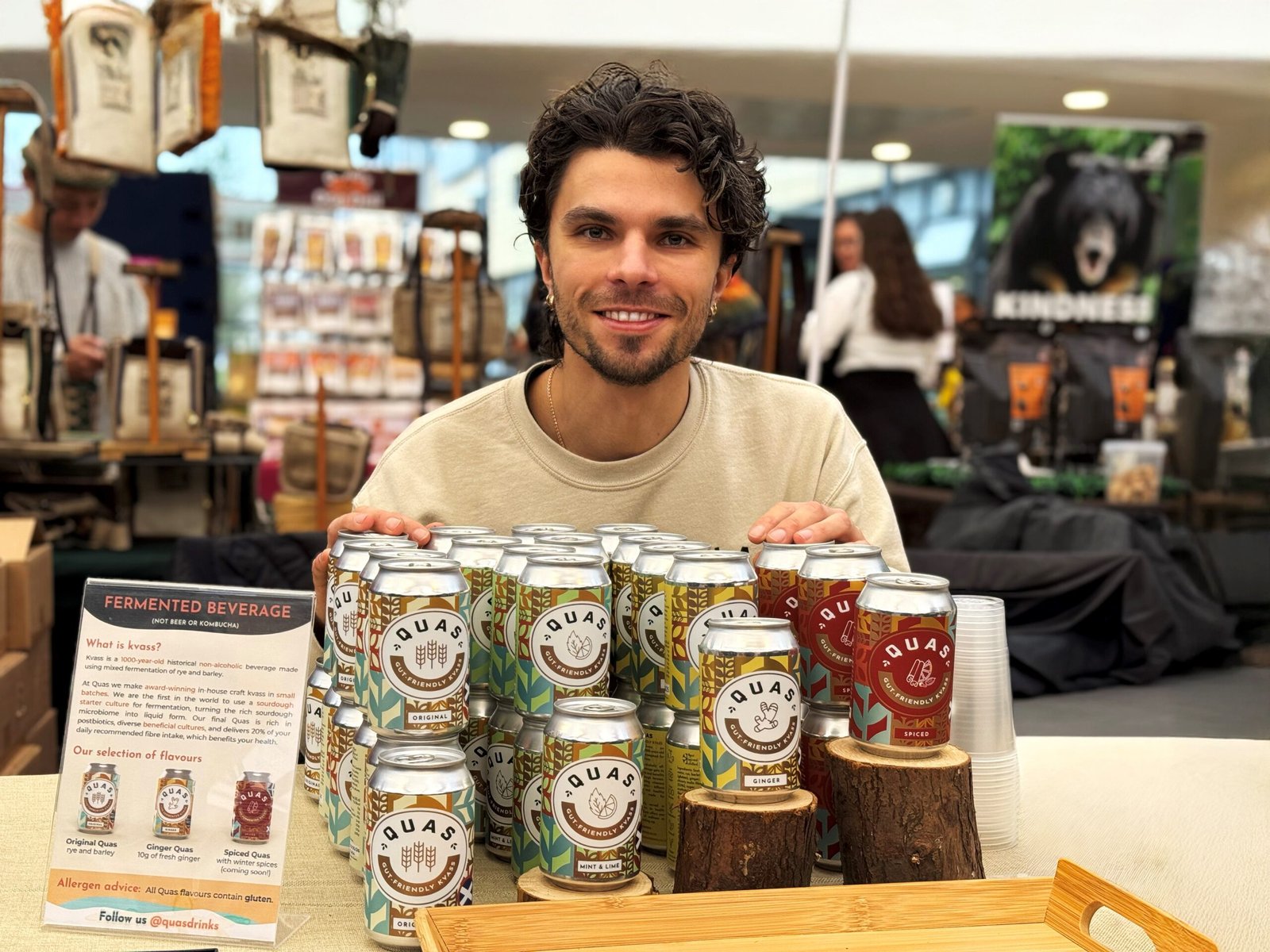A PRIVATE estate near Thurso has become the first ever in Scotland to enter in to a deer larder sharing agreement with Forestry and land Scotland (FLS), in a move designed to encourage collaboration in managing deer.
The shared deer larder helps both partners as they are managing the same deer population: it facilitates access for the estate to a deer larder to produce Scottish Quality Wild Assured Venison ( SQWV) and simultaneously helps to reduce deer browsing impacts, on a landscape scale.
The FLS agreement with Achkeepster Estate is the first such a partnership between Forestry and Land Scotland and a private estate.
Speaking about the agreement. Megan Bregazzi, the FLS Wildlife Ranger Manager who implemented and manages the agreement, said it creates a blueprint for other such agreements where private estates adjoin national forest estates and where a joint approach to reduce deer impacts is beneficial. She said:
“Supporting a neighbour in their deer cull is clearly of benefit to our own management activities on the national forest estate: ultimately we’re both trying to reduce deer browsing pressure.
In effect this is collaborative deer management in action: the agreement works for both parties because the estate now has access to a larder where they can process and sell quality assured venison from their estate and at the same time it helps us to reduce the shared deer population overall.”
Deer numbers in Scotland are estimated to have doubled in the past 30 years and are now estimated
at over 1 million, a figure widely regarded as unsustainable.
You Might Also Like:
To help protect Scotland’s national forests and land from the negative impacts of deer, FLS employs a number of techniques, including regular deer culling and fencing, to keep numbers down to a sustainable level, keeping animals healthy and mitigating against habitat loss.
Speaking about the larder share for the Achkeepster estate, owner Mr Innes Miller said:
‘We needed quality storage and processing for our carcasses but didn’t have sufficient volume to justify putting in new buildings and expensive refrigeration. This sharing of facilities with FLS helps both of us because we are taking deer off our open hill which would otherwise migrate into the FLS forest across our shared boundary, and cause long term damage.’

